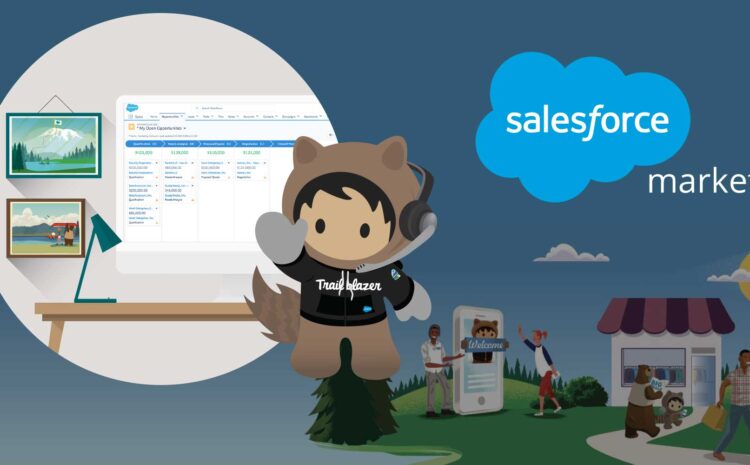Salesforce development environment, also known as Force.com or IDE, is a fully integrated platform used for developing apps using Visualforce, Apex, and metadata components. This environment was built using the Eclipse framework, which allows for the integration of plugins. One important thing to note about the Salesforce development environment is that all data is stored on a local file system, requiring the migration of changes to the source control repository and then to the Salesforce platform by Salesforce developers. There are various methods to accomplish this, including a manual process, Eclipse plugins, or other unique approaches.
While most businesses use GIT or SVN for source control, the Salesforce developer ultimately decides which development tools to use. The best solution for transferring code from source control to Salesforce.com is the Force.com Migration Tool. This utility is a command-line application built with Java and Ant that can easily transfer all metadata from one platform to another.
Let us explore the different phases involved in the Salesforce development environment:
Discovery Phase: This is the first and most important phase that helps the Salesforce development process run smoothly. During this phase, preparations for the Salesforce installation are completed, and all crucial data is gathered, examined, and thought through. Several aspects are examined during the discovery phase, including assessing the business and project goals and objectives, noting risks, gaps, and requirements, assessing the systems that already exist and require CRM connection, getting a thorough understanding of the deployment scope, and understanding reporting obligations.
Source Control Set-up: In this step, the release manager configures the source control repository. Each project should have its independent Git repository, with the default branch serving as the master branch where production metadata is gathered. The release manager then produces various branches for various features used by various Salesforce developers. Additionally, the release manager creates the package.xml manifest and uses it to add metadata to the master branch and use Force.com to migrate data.
Development Phase: Salesforce developers create sandboxes containing a duplicate of the primary app and all the necessary Salesforce setup data. Developers then work in their sandboxes, connecting to them through Force.com and retrieving metadata for the IDE. Developers commit the code to the Git repository after conducting necessary coding and early unit testing. The recently committed code can be moved to the Sandboxes for the subsequent stages of the Salesforce development lifecycle while the development process is still ongoing. Before committing the code to the repository, Salesforce developers who are working on the same code should look for conflicts.
Testing Phase: Testing comes after the development phase is complete. The code is moved from the repository to the testers’ sandbox environment. When given the responsibility of testing a specific feature, testers typically employ restricted copy sandboxes. If QAs want to conduct in-depth testing of critical features, they must share their sandpit environment. Modifications suggested at this point, though, will return it to the first stages of development.
Adoption Testing: The final phase of testing, known as user acceptability testing, is carried out once the aforementioned testing is finished. This testing involves not just testers but also developers, product managers, and other users. Release managers create partial sandboxes for testing, which are subsequently used by product managers to carry out ad hoc testing before making a final presentation to customers or end users. To implement any changes suggested at this level, the entire development process may need to move to the early development phase.
Product Release: The app that has undergone all testing procedures is tested once more for functionality in a transitional sandpit environment that has all of the production environment’s data and parameters. Since this sandpit includes all of the app’s functionality, it is not selective. After the final performance and regression testing are done by the testers, the app needs to pass each service level agreement. The app is then prepared for deployment in the production environment.
Patch Releases: After the app’s deployment, there may be additional needs that require addressing via patch releases, such as bug corrections, feature modifications, or minor changes. Patch releases have their own lifecycle, which typically involves faster procedures compared to the app development lifecycle. This is because patch releases focus on addressing specific issues or introducing small enhancements, rather than significant feature changes. Once the patch is developed, it is typically tested and deployed to the production environment as quickly as possible to minimize any potential disruptions to business operations.
In conclusion, the Salesforce development environment provides developers with a comprehensive platform to build and deploy efficient and effective applications. With its various stages and phases, the development process is well-structured and organized, ensuring that all aspects of the app development are properly managed and tested.
However, it is crucial to select the right Salesforce development tools and follow best practices to optimize the development process and ensure successful deployment. It is also important to work with a reputable Salesforce development firm that can provide expert guidance and support throughout the development lifecycle.
At CloudQ, we offer a full suite of Salesforce development services, including app development, customization, integration, and migration. Our team of experienced Salesforce developers and consultants can help you build powerful, scalable, and user-friendly applications that meet your business needs and drive growth. Contact us today to learn more about our services and how we can help you achieve your Salesforce development goals.




